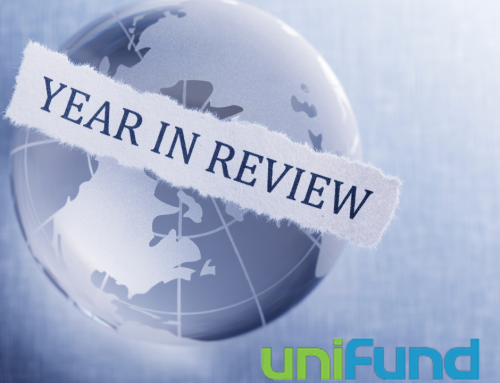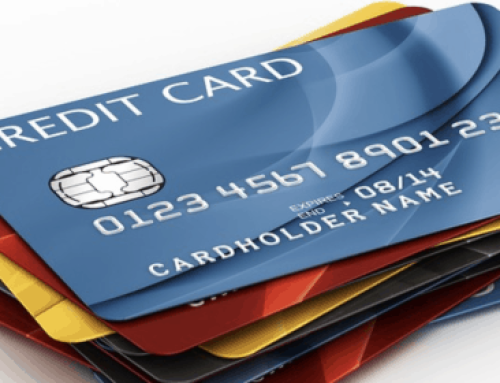The CMD’s latest Quarterly Report on Household Debt and Credit reveals that total household debt reached a new peak in the second quarter of 2018, rising by $82 billion to reach $13.29 trillion. Mortgage balances, the largest component of household debt, rose to a total of $9 trillion during the second quarter. Auto loan balances increased by $9 billion to reach $1.24 trillion, continuing a six-year upward trend.
- Mortgage balances, the largest component of household debt, increased slightly during the second quarter.
- Mortgage balances, shown on consumer credit reports on June 30 stood at $9.0 trillion, an increase of $60 billion from the first quarter of 2018.
- Balances on home equity lines of credit (HELOC), on a declining trend since 2009, saw a $4 billion drop in the second quarter and are now at $432 billion. Non-housing balances saw a $26 billion increase in the second quarter, with auto loans and credit cards increasing by $9 billion and $14 billion respectively.
Non-housing balances saw a $26 billion increase in the second quarter, with auto loans and credit cards increasing by $9 billion and $14 billion respectively. Outstanding student loan debt fell by $2 billion in the second quarter, and stood at $1.41 trillion as of June 30, 2018.
Aggregate delinquency rates improved in the second quarter of 2018. As of June 30, 4.5 percent of outstanding debt was in some stage of delinquency, a very small improvement from the last quarter. Of the $598 billion of debt that is delinquent, $403 billion is seriously delinquent (at least 90 days late or “severely derogatory”).
As we can see below, with the exception of student loan debt, delinquencies either fell or remained stable inQ2.
SOURCE
https://www.newyorkfed.org/microeconomics/hhdc
Error: Contact form not found.









